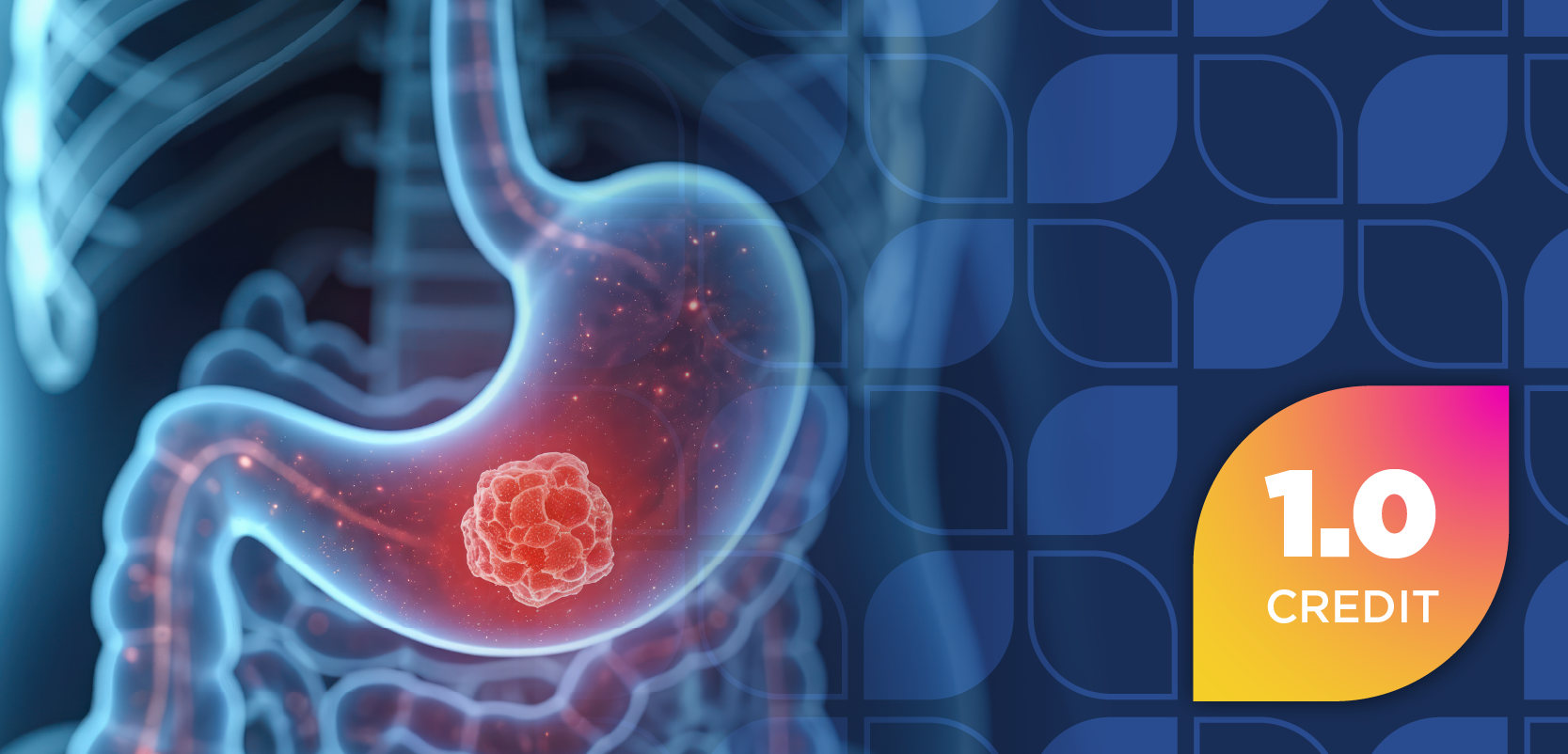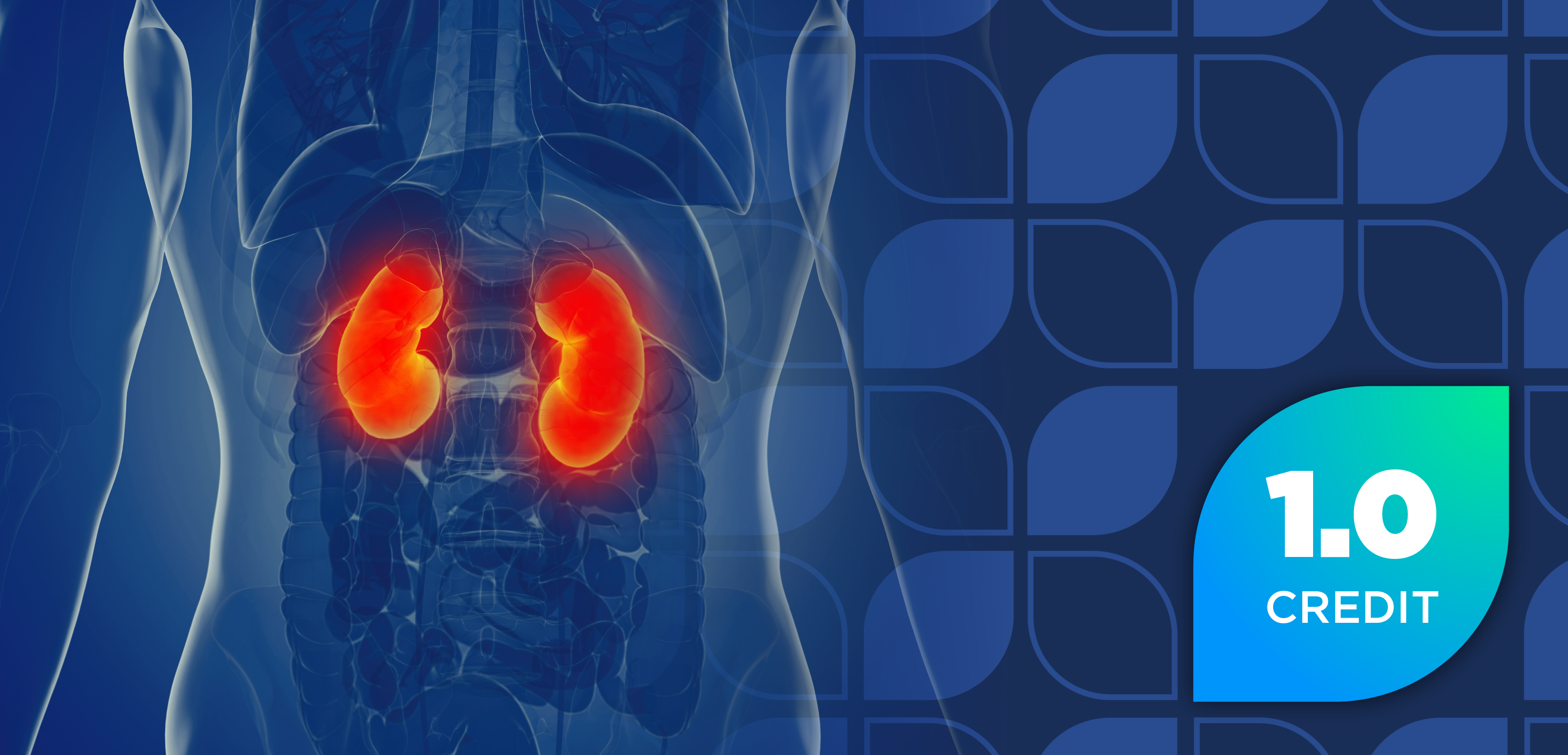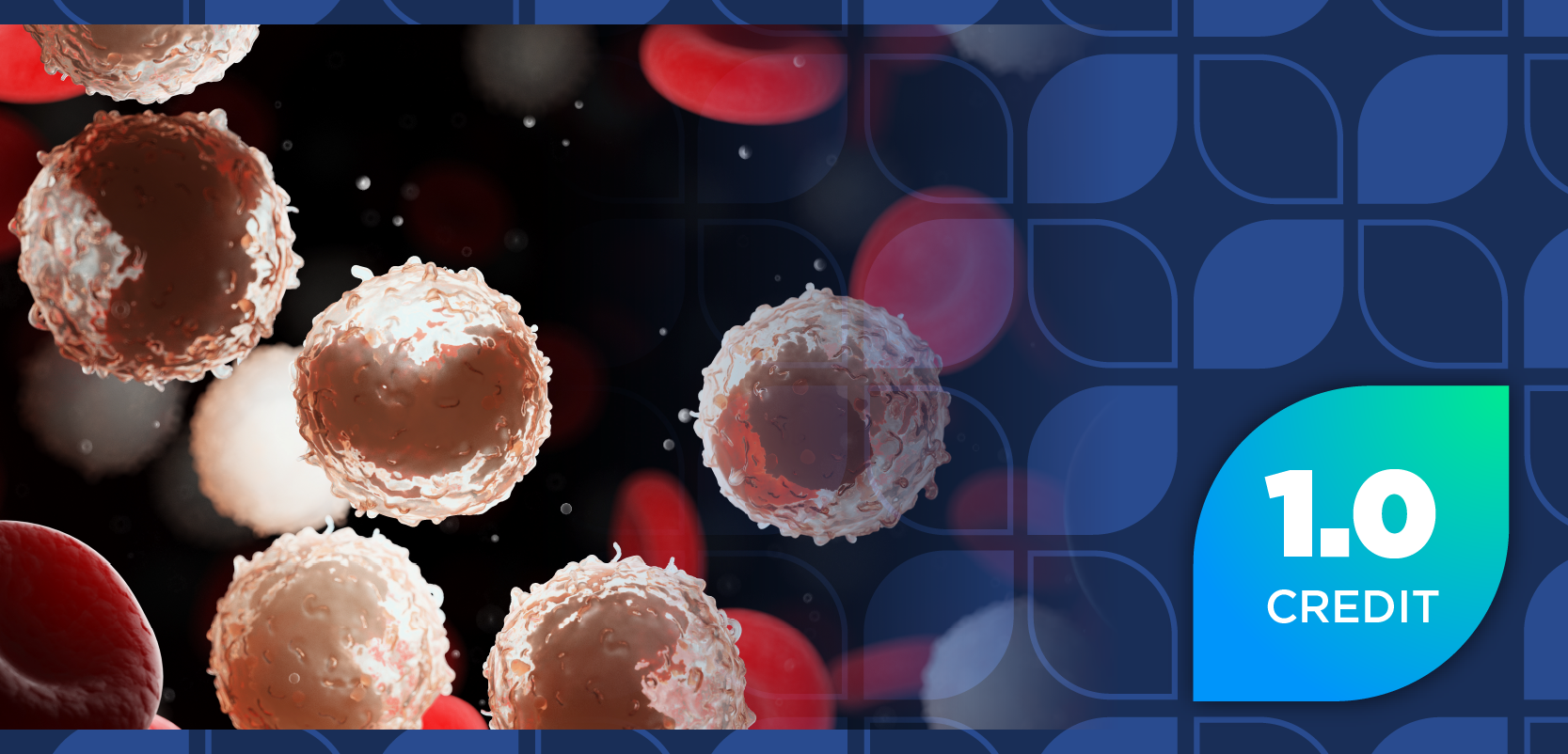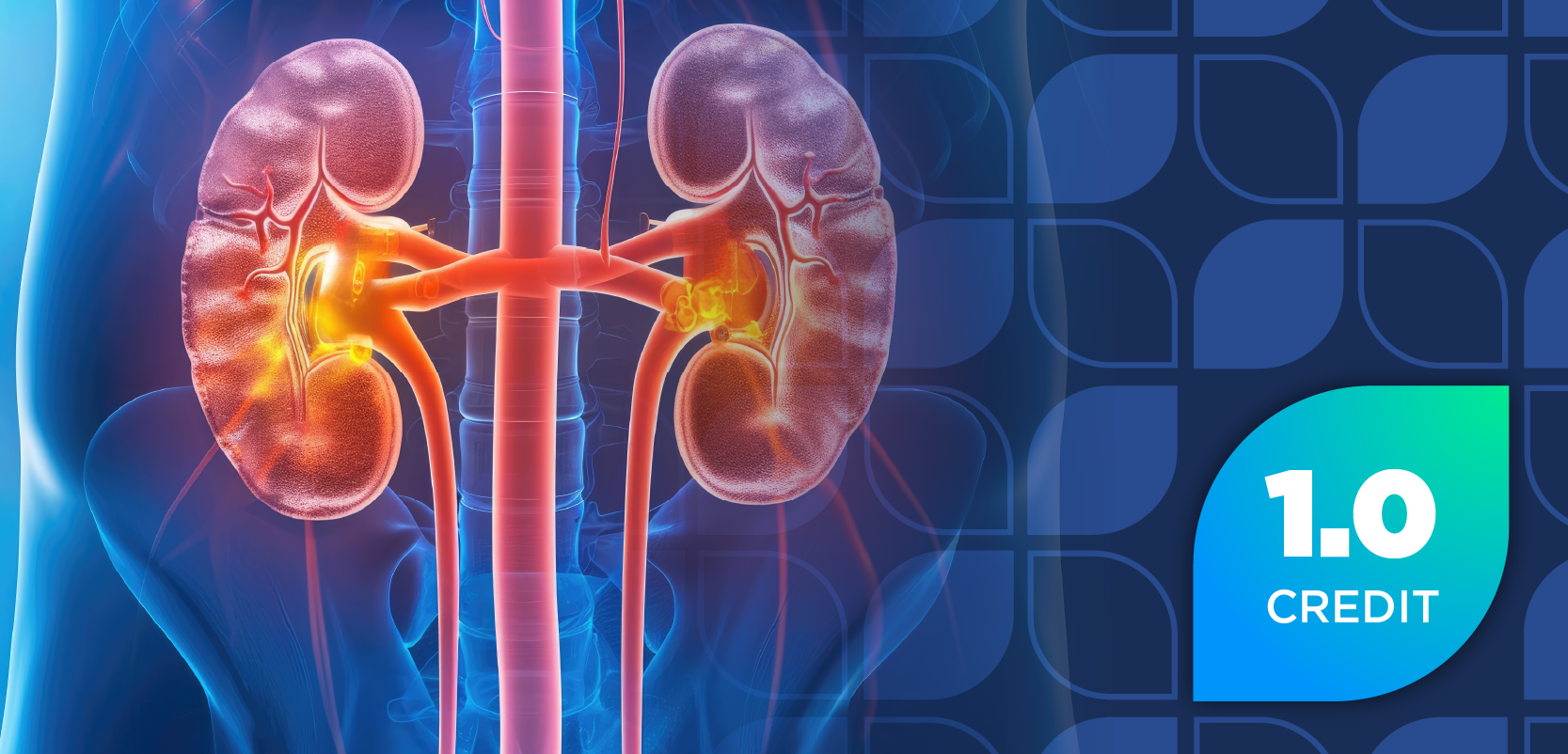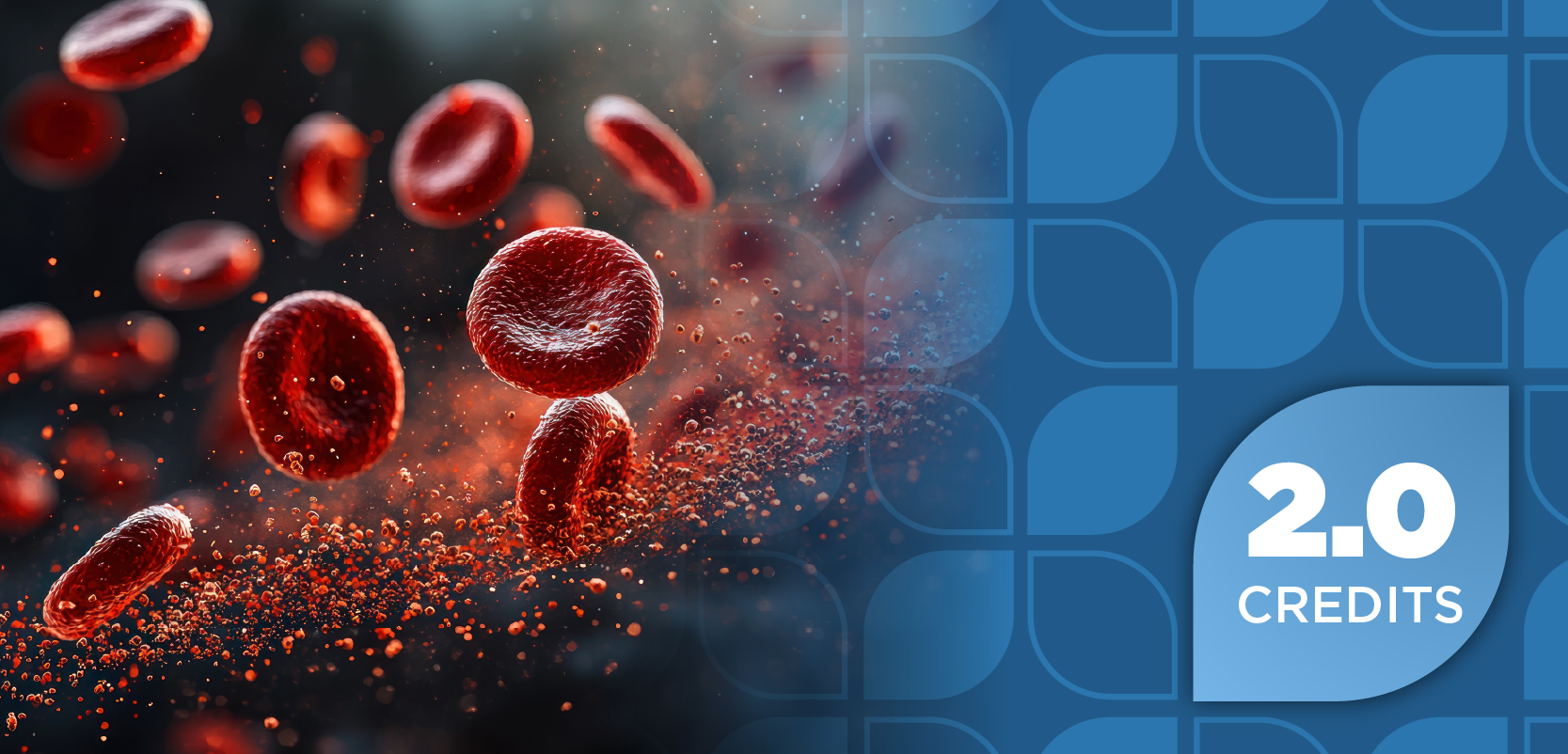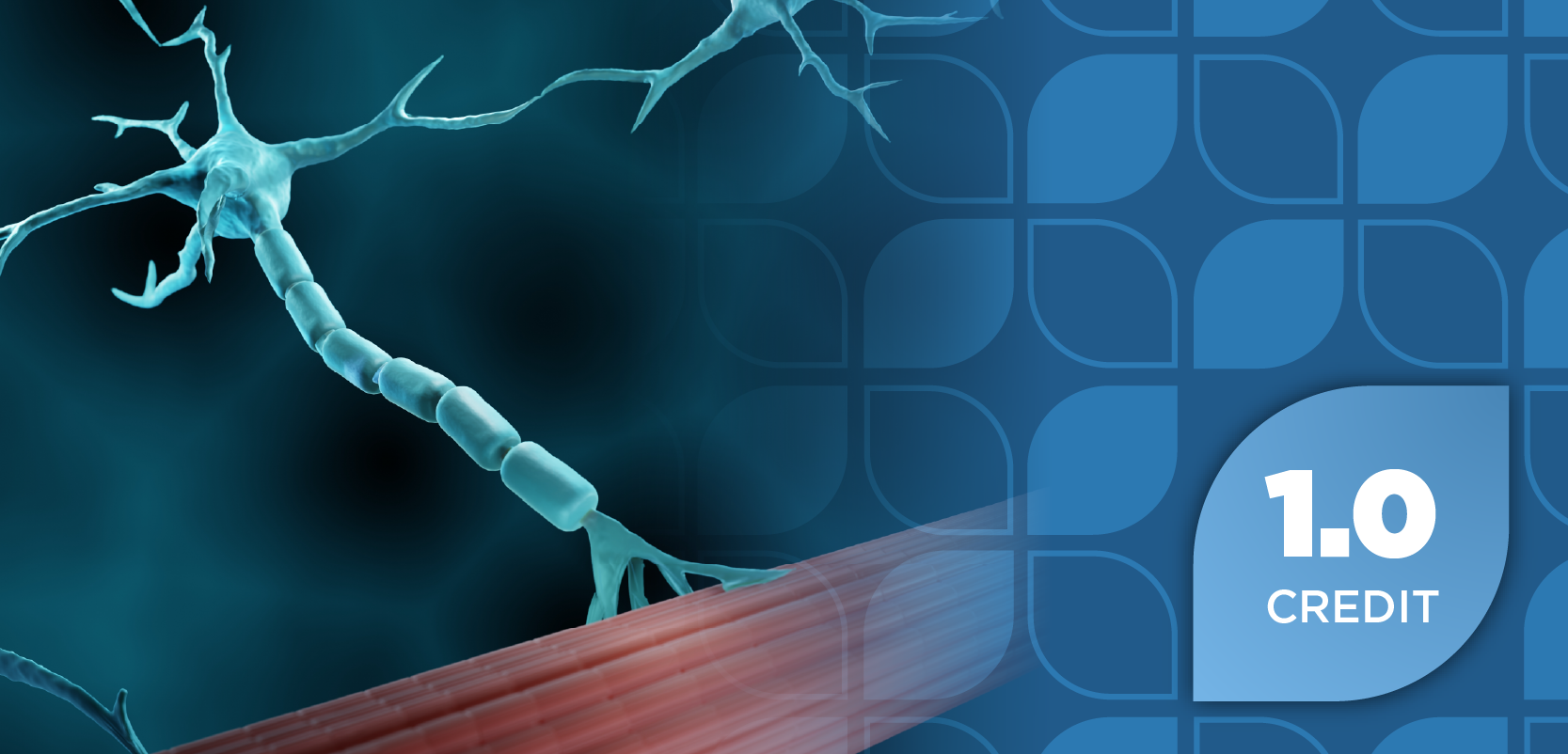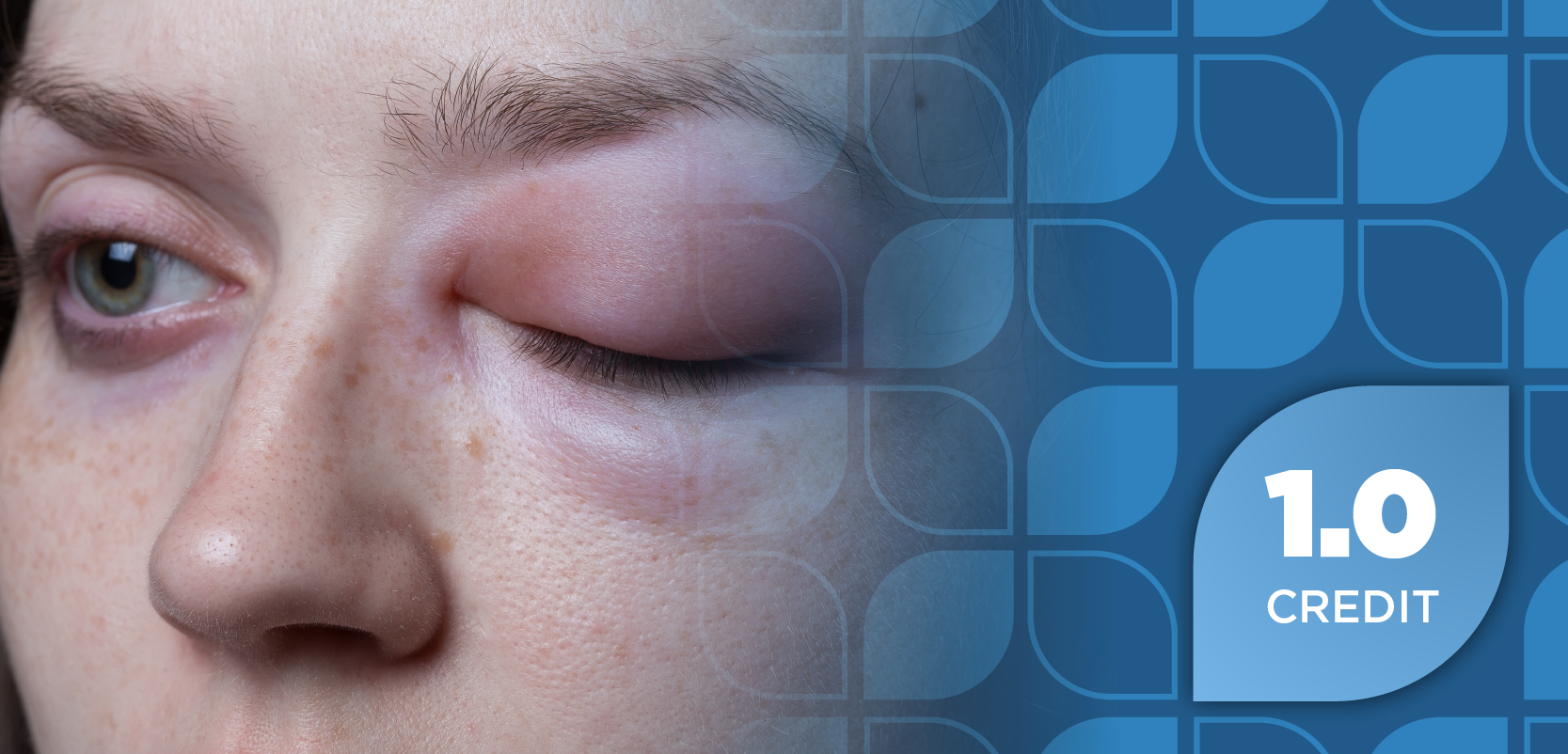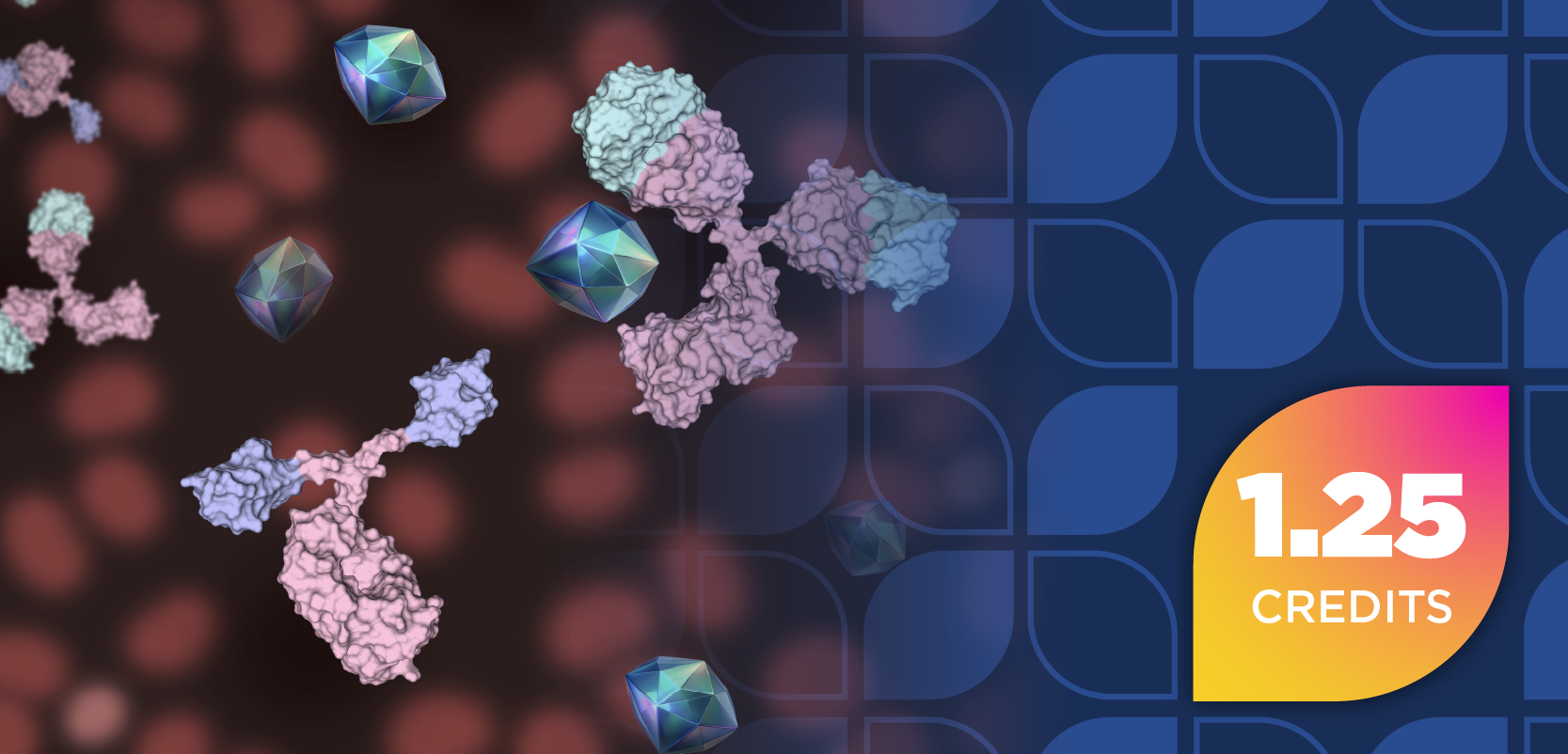Pharmacy Times: What strategies should treatment providers implement to mitigate the risks of adverse events and enhance patient safety?
Key Takeaways
1. Identifying and managing infusion-related side effects early, such as hypertension and allergic reactions, improves patient safety and treatment efficacy.
2. Subcutaneous immunoglobulin is a viable alternative for patients at high risk of thrombosis or severe headaches from IVIG therapy.
3. Treatment providers are essential in monitoring IV access issues and advocating for treatment modifications before complications escalate.
Richard Lewis, MD, Professor of Neurology, Cedar Sinai: There are side effects from the infusion, which can be semi-allergic-type responses like itching or rashes. Obviously, if that's the case, they need to be treated, and then they need to be pre-treated, if it's not significant, with steroids before the IVIG and future things. Patients who developed blood pressure problems with each infusion need to be on a blood pressure medicine. Some of it is identifying what's going on during the infusion and then treating it that time and then preventing it in future times. So, some things we know about. If a patient gets blood pressure up during the infusion, it's probably going to happen again if you do it the same way. Now you may want to slow the infusions down. You may want to stop it. You may want to give an antihypertensive. Some people use hydralazine (Apresoline) and others to get the blood pressure under control, and the same thing with, you know, diabetes and sugar. For headaches, slowing the infusion down sometimes helps, but it depends on how severe it is. But identifying what each patient experiences with the infusion and then trying to prevent them in future treatments is important.
The other thing it might do—and this, again, would be where the care team and others can kind of keep the doctor on us—when I have an 85-year-old I'm giving IVIG to, I get a little anxious, because their risk for thrombosis is greater than a 20-year-old. That means I usually order it in lower doses and slower infusions; maybe I'll even do it every other day rather than every day, just to mitigate that risk of having heart attacks, strokes, venous thrombosis, pulmonary emboli, and all that. The other thing to consider is there are other ways to give immunoglobulins. There’s subcutaneous Ig, and there are 2 different approaches. There's a 20% solution that's given weekly or sometimes twice a week. Headaches and thrombosis with subcutaneous Ig are almost not seen. I'm not saying it's zero, but it's almost reportable. I've had several patients who get terrible headaches with their IVIG, and they love the subcutaneous Ig because it doesn't do that. Anyone who's had pulmonary emboli or any risk of thrombosis, the question is, is IVIG the best treatment, and would they be better on subcutaneous Ig? There's the newly approved Hyqvia (Ig 10%; Takeda Pharmaceuticals), which is a 10% solution, but with hyaluronidase, so it separates out the skin planes, and you can infuse a large volume subcutaneously. So, you can dose it like IVIG, but it does not need a vein. Which brings up the other thing that nurses can be very helpful with: when are you running out of veins? When is the IV access really getting to be a problem, and not waiting until it's too severe, but it gives the doctor and the patient some time to think about what our options are? Do we really want to put in a catheter, in a dwelling catheter, or is it time to switch to subcutaneous Ig, or maybe to a different treatment? I think knowing these things beforehand is really, really helpful. And if your doctor gives you a hard time about it, well, screw them. I think it’s appropriate for you to let them know what you're seeing.

















